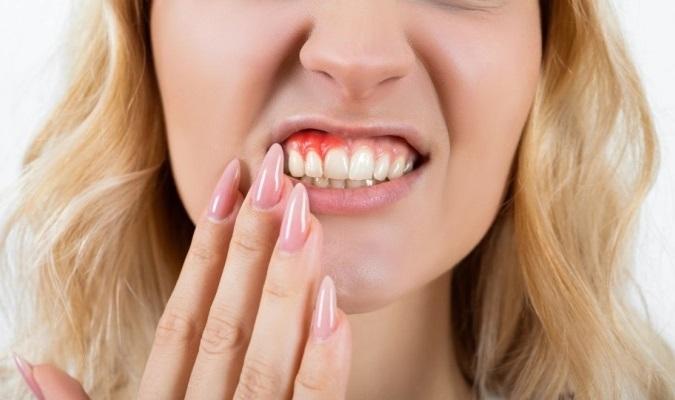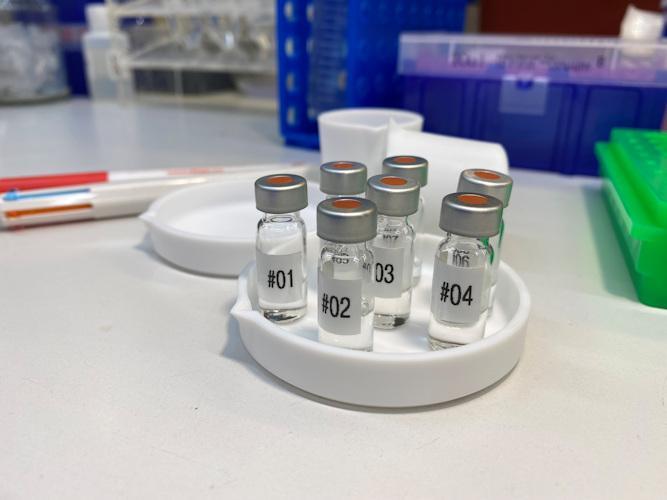A newly developed topical gel that targets the underlying cause of periodontitis can prevent and treat gum disease, according to new research. There are no such treatments. The gel could pave the way for non-invasive gum disease treatment at home.

New research focuses on the use of succinate, a metabolized molecule believed to treat gum disease by suppressing inflammation and preventing dysbiosis and periodontal bone loss. The study was conducted in mice, and human cells and plaque samples were also used.
“Our study shows the effect of succinate on the pathogenesis of periodontitis and provides a topical treatment for this disease,” write the authors, led by Dr. Xin Li of the New York University College of Dentistry (NYU).
To determine the relationship between the succinate receptor and components of gum disease, mice were genetically modified to inactivate the succinate receptor. Mice with gum disease that had the succinate receptor inactivated had lower levels of inflammation in their gum tissue and blood, as well as less bone loss. In addition, mice that did not have inactivated receptors had a greater imbalance of oral bacteria.
In fact, when both groups of animals were given supplemental succinate, mice with inactivated receptors were protected from inflammation and an increase in harmful bacteria and bone loss, while gum disease worsened in other mice.
To determine whether blocking the succinate receptor could improve the course of periodontitis, the authors developed a gel formula. When the gel was tested in the lab on human gum cells, there was less inflammation and processes that lead to bone loss.
Vials containing a topical gel that has been developed for the non-invasive treatment of gum disease.

In addition, when the gel was applied to the gums of mice with gum disease, they experienced less local and systemic inflammation and bone loss within a few days. One test showed that when the gel was applied to the gums of mice every other day for four weeks, the bone loss they experienced was half that of mice that did not receive the gel.
Based on previous research
Previous research has found a link between succinate and gum disease. Higher levels of succinate are associated with increased levels of inflammation.
In 2017, the authors of this study found that high levels of succinate activate the succinate receptor 1 (SUCNR1) and stimulate bone loss, indicating that the receptor could be an effective target for potential treatment of periodontitis. The study was supported by the National Institutes of Health and the researchers received a $224,000 grant from the National Institute of Dental and Craniofacial Research to develop the gel.
To better understand the link between succinate and gum disease, the authors examined plaque samples collected from humans and plasma samples from mice. A metabolomic analysis was then performed to confirm that succinate levels were higher in humans and mice with periodontal disease compared to healthy gums. In addition, the succinate receptor was expressed in human and mouse gums.
The new study had several limitations. Although the study shows the expression of SUCCNR1 in human periodontal disease, it is not clear whether its expression is increased in patients with periodontitis and whether it directly contributes to the manifestation of the disease.
Animal studies are ongoing to determine the appropriate dosage and timing of gel application, as well as its toxicity. According to the university, the end result is a gel and band-aid that people with or at risk of gum disease can use at home, in addition to a stronger, slow-release formula that dentists can apply to gum disease.
In the future, more research should be done using tissue samples from large groups of people with and without gum disease.
“Treatment with a SUCNR1 antagonist substance reduced dysbiotic microbiome formation, periodontal inflammation, and bone loss induced by oral inoculation of periodontal pathogens,” write Li and her colleagues.
